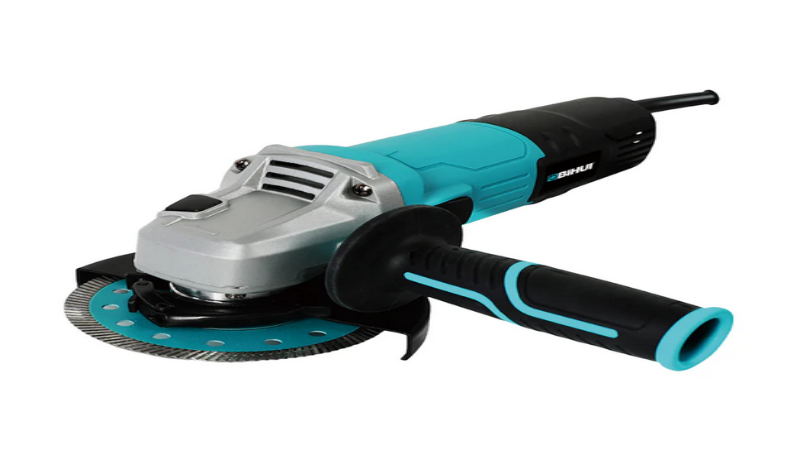Achieving a professional-quality tile installation at home is a rewarding accomplishment, but it can be a challenging task for even the most dedicated DIY enthusiasts. One of the most critical yet often overlooked aspects of tiling is the proper application of adhesive. To ensure your tiles lay flat, adhere securely, and boast a flawless finish, the right tool is essential. Many homeowners searching for the ideal solution turn to the V Notch Trowel as their go-to choice for smooth, consistent tile installation.
Why the V-Notch Trowel Matters
The success of any tile installation project largely depends on how evenly and thoroughly the adhesive is spread. The V Notch Trowel stands out because of its unique notched edge, which creates uniform ridges in the adhesive. These ridges not only maximize the bonding surface between the tile and the substrate but also help prevent air pockets, ensuring a secure and long-lasting hold. Unlike flat or square notched trowels, the V-shaped design is particularly effective for smaller tiles, mosaics, and wall applications, where precise control over adhesive thickness is crucial.
Choosing the Right Trowel Size
Selecting the correct trowel size is essential for optimal results. The size of the notches determines how much adhesive is applied beneath each tile. Here are some general guidelines to help you choose the appropriate V-notch trowel size for your project:
• 1/4″ x 1/4″ V Notch: Ideal for standard wall tiles and mosaics.
• 3/16″ x 5/32″ V Notch: Best for smaller, lightweight tiles or when a thinner adhesive layer is needed.
• Larger V Notches: Suitable for tiles with uneven backs or when additional adhesive is required for a secure bond.
Always refer to the tile manufacturer’s recommendations for the best results.
Step-by-Step Guide to Smooth Tile Installation
Using a V Notch Trowel correctly can make a significant difference in your home renovation project. Follow these steps for a flawless outcome:
1. Prepare the Surface: Ensure the substrate is clean, dry, and level.
2. Mix the Adhesive: Follow the manufacturer’s instructions for mixing to achieve the right consistency.
3. Apply the Adhesive: Using the flat side of the trowel, spread the adhesive onto the surface.
4. Form the Ridges: Hold the trowel at a 45-degree angle and use the notched edge to comb the adhesive, creating even V-shaped ridges.
5. Lay the Tile: Press the tile firmly into place, slightly twisting to ensure full contact and eliminate air pockets.
6. Check Coverage: Lift a tile occasionally to confirm that the adhesive is making full contact with the back of the tile.
Pro Tips for Flawless Results
• Work in Small Sections: Prevent the adhesive from drying out by working in manageable areas.
• Clean as You Go: Wipe away any excess adhesive from the tiles and joints before it hardens.
• Consistent Pressure: Apply even pressure when combing the adhesive to maintain uniform ridges.
• Use Tile Spacers: Ensure consistent grout lines for a polished, professional finish.
When you master the technique of using a V-notch trowel, you’ll find that tile installation becomes more efficient and yields a superior result. This specialized tool allows for precise adhesive application, helping you avoid common pitfalls such as uneven tiles or weak bonds. With careful preparation and attention to detail, your next tiling project can achieve the flawless look you envision—transforming your home with confidence and skill.

